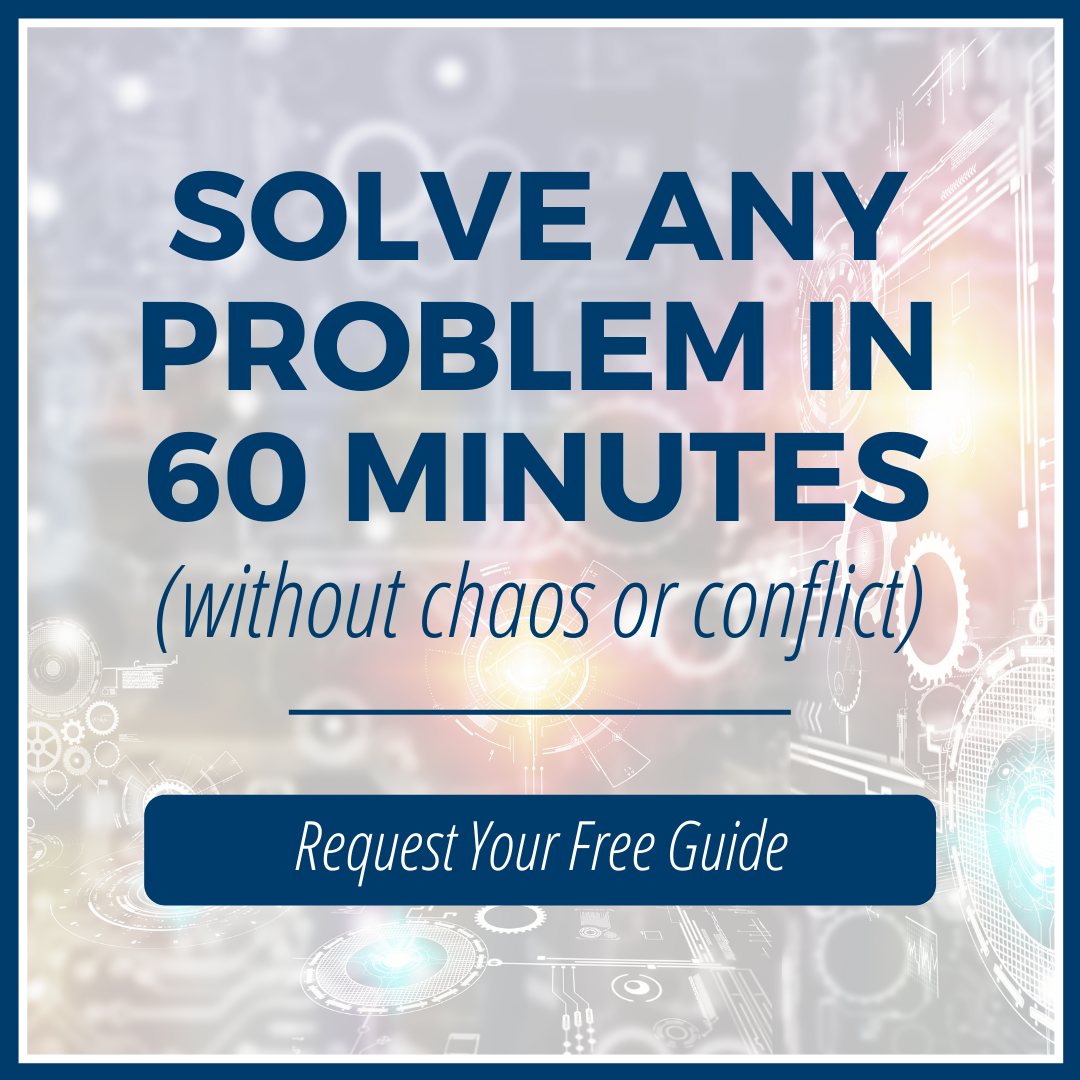One of the most common definitions of empathy is that of “walking in the shoes of another person.” But do the shoes fit? How can we know what empathy really is?
Adam Sicinski, in his website IQ Marix, states that “Empathy has the ability to accurately experience another person’s internal world, emotional pain, and inner conflicts.” That’s a big size to fit! This means that our assessment of another’s situation should be accurate or very close to the reality we witness. He goes on to explain that there must be an insight into the other’s “internal drives and emotional tendencies” at a deep level. This is effective empathy in contrast to cognitive empathy that settles for a perceptive view of the other, which is something like a psychological guess of the other; at best, we try to imagine what the other is experiencing; it might or might not match with the correct size. Cognitive empathy is a good start but a barely good start.
One of the most impressive presentations of affective empathy can be found in the TED-talk video by Paul Parkin: Reimaging Empathy: The Transformative Nature of Empathy. This is a “must view video.” Parkin suggests that we really can’t stand in someone else’s shoes; it’s not possible; yet if we could, we would make assumptions about what others experience. But it’s a “righteous struggle to try.” Empathy forges conversation that is critical, nonjudgmental, validating, and compassionate; this will change us and invite others to join. Parkin goes on to cover three points: how to give empathy; how to receive empathy; and how to co-create empathy.
Empathy is an innate skill we all have that needs to be developed, practiced, and lived throughout life. Where should we start? Ilana Ben-Ari, a designer and social entrepreneur, is the founder and CEO of Twenty One Toys located in Toronto to bring her vision of Toys as Tools for Communication to the world through Toys with her first toy being that of empathy. This innovative approach to teaching social innovation and communication came out of her experience with the blind; she asks the simple question: “In one word, explain the color yellow to a blind person.”
Her toys initiate in-depth conversations beginning with the tactile experience of assembling wooden easy fitting toy blocks to build an abstract figure while blindfolded. The simplest game begins with two blindfolded persons, one having an assembled figure who guides a second blindfolded person to build a replica of the model figure from similar disassembled blocks. There are also present sighted observers to watch the dynamics of the timed process. After the timed exercise, the facilitator will assist the participants through a conversation of shared thoughts and feelings about the process to surface an empathic exchange between the blindfolded couple and observers.
This initial experience with the toy blocks becomes a safe and instructive opportunity to share a nonjudgmental and empathic conversation while being visually handicapped during the challenge of the building task. What is important with this toy is not so much the manipulation of pieces of blocks but the subsequent dialogue of feelings of trust, confidence, frustration, confusion, and vulnerability.
The Empathy Toy alerts the participants of the need to listen with compassion toward oneself as well as the other because we all suffer from the limitations of our humanity.
Take away: Assumptions and biases can be overcome by genuine affective empathy.




